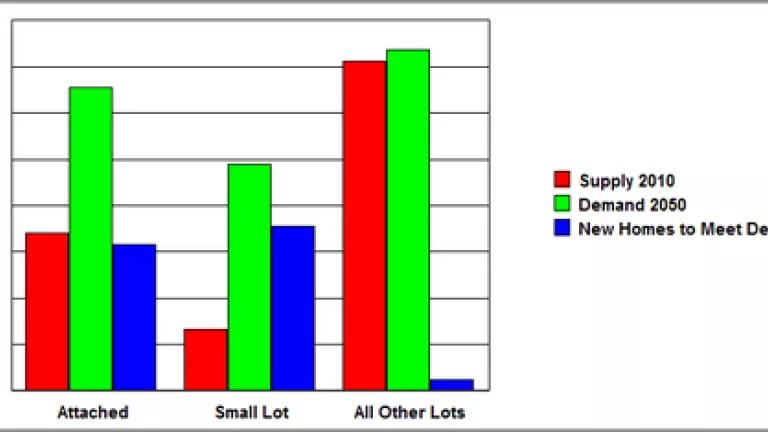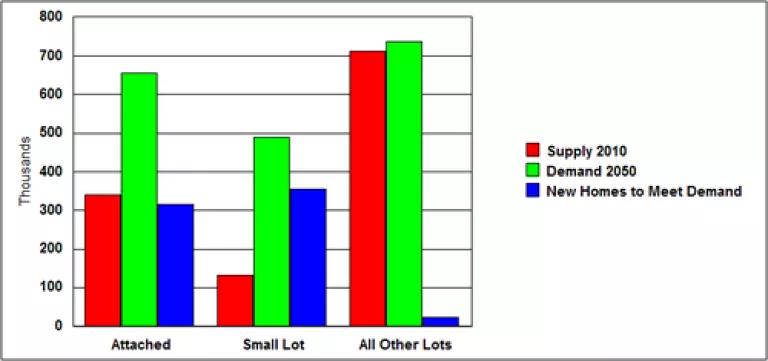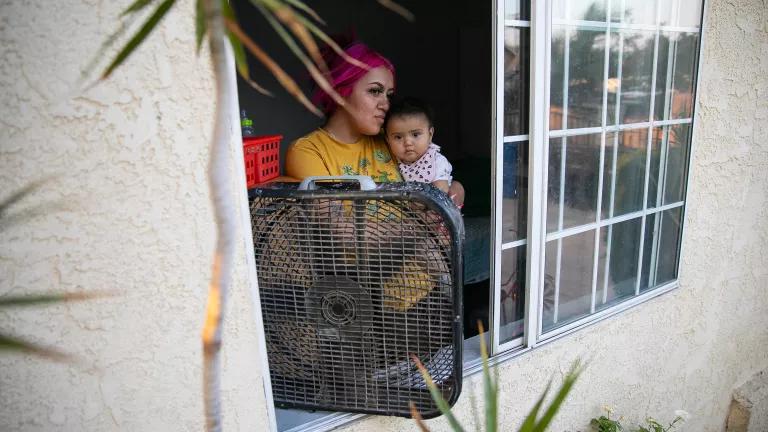
If population trends in California hold true, more than 6.5 million people will call the Central Valley home by 2050. That is a 72% increase from today’s population in a region called America’s Breadbasket. If these millions have only sprawl housing to choose from, it will not only hurt the environment, it will have profound effects on the livelihoods of California’s farmers and our state’s economy.
A new report issued today by the Council of Infill Builders examines what the Valley can do to better house this influx of new residents. It details the types of housing and the kinds of sustainable community planning the region should adopt now if we’re to hold on to the traditions and economic strength of California’s rich agricultural communities. We can’t simply build in the normal suburban sprawl way to accommodate population increase. Doing so not only jeopardizes our agricultural economy, but, as the study shows, it won’t even provide the type of housing these new residents are likely to want.
As the California Air Resource Board convenes this Thursday January 24th in Bakersfield to discuss the San Joaquin Valley’s plans to reduce emissions and comply with our state’s sustainable communities law (SB375), they would do well to read A Home for Everyone: San Joaquin Valley Housing Preferences and Opportunities to 2050 first. This report analyzes regional real estate trends and planning solutions and poses a scenario for the future growth of the San Joaquin Valley and its eight counties to 2050 that reduces pollution, increases mobility, and cuts public and private costs, all while meeting actual housing demand.
The report’s key finding — based on consumer preference data and economic trends — is that the majority of future demand for new homes in the Central Valley will be for apartments, townhomes, and small-lot, single family homes in walkable neighborhoods.

This report’s findings square with analysis commissioned by the Fresno Council of Governments on behalf of the entire San Joaquin Valley in 2012. That report—prepared by the Concord Group—also found that the Valley has failed consistently to provide the higher-density rental housing that the market is demanding, and recommended that up to 45% of new units built between 2010 and 2050 be attached units—such as apartments and townhomes—in order to meet 2050 market demand.
The report also finds strong coming demand for single-family detached homes on smaller lots (6,000 square feet or less)—up to 48% by 2050. But only five percent of the current supply of single-family homes in the Valley are on small lots. This means that Valley leaders will need to build potentially all new single-family homes to 2050 on small lots to meet projected market demand.

By contrast, Valley communities may already have about as many existing homes on larger lots (those over 6,000 square feet) in 2010 as they need by 2050.
The good news is that providing a better mix of housing choices to meet this future demand has another upside: it uses a lot less farmland. As I blogged last week, the American Farmland Trust says that local governments in California’s San Joaquin Valley are turning irreplaceable farmland into low-density suburban sprawl at an alarming and unsustainable rate. The Trust report recommended that local governments consider policies to accommodate new growth more efficiently.
Of course, no one can know with certainty what the future will look like. But as local Valley governments consider their growth patterns for the next several decades as they develop their Sustainable Communities Strategies this spring and summer, A Home for Everyone finds that they can achieve the dual, mutually-beneficial objectives of providing a mix of housing types to meet the needs of a diverse new market while also helping to preserve one of the valley’s most prized natural and economic resources—its irreplaceable farmlands. If the best available analysis of demographic and economic trends suggests that a certain type of growth can strengthen our communities, save our farmland, satisfy the market demand, clean the air and use resources more efficiently, then I have to wonder, what’s stopping us?



